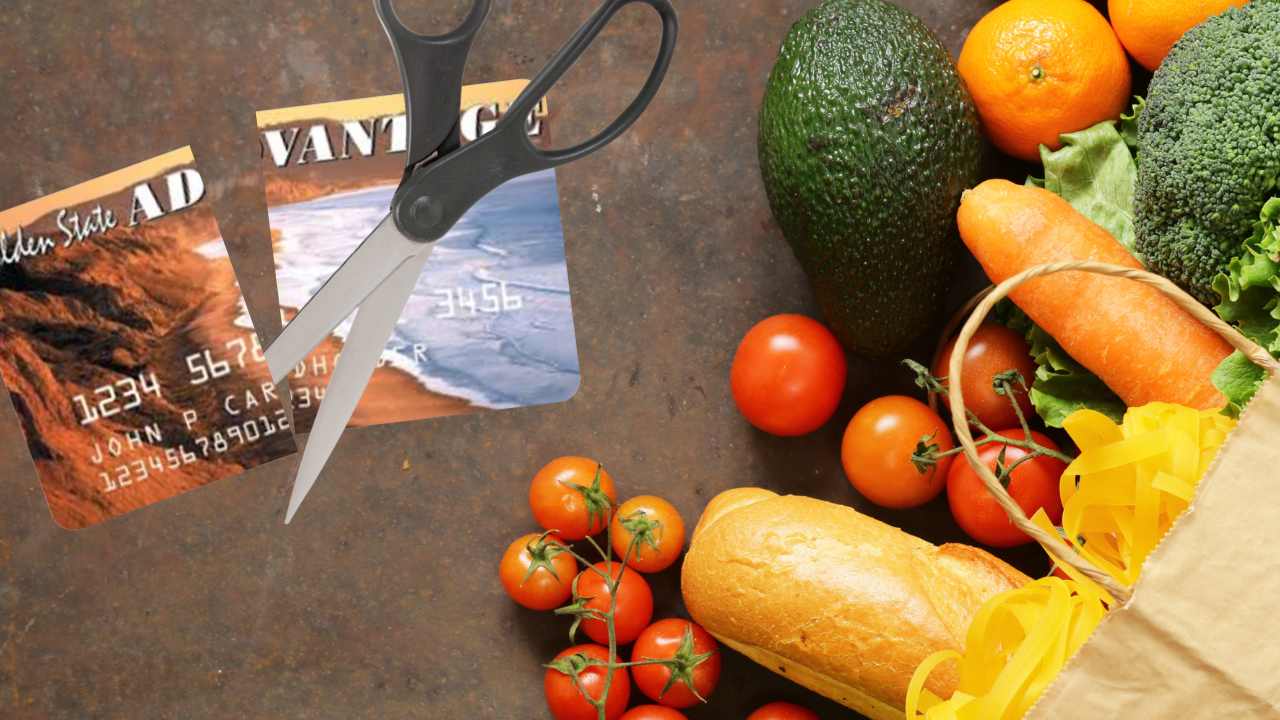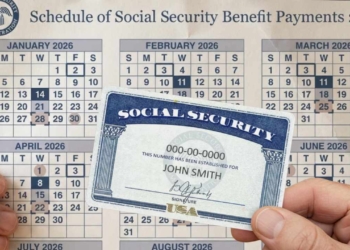Like a silent earthquake, changes to the Supplemental Nutrition Assistance Program (SNAP) are beginning to fracture the food security of vulnerable communities. The so-called “Big Beautiful Bill,” signed by President Donald Trump on July 4, imposes work requirements that are already leaving those struggling to make ends meet without safety nets.
The reform is progressing unevenly, creating a patchwork of rules based on zip code. “It’s a logistical nightmare,” admits Luisa Ramírez, a social worker in Houston. While Texas has required 20 hours of work or training per week for adults without dependents since August, states like California and New Mexico are negotiating extraordinary deadlines until 2026.
Here is all you must know if you’re on SNAP benefits as of today, and how these new restrictions could affect you.
Changes to work requirements for SNAP benefits
The law promised flexibility for areas with unemployment above 10%, but the reality is harsher. “Temporary exemptions are almost inaccessible,” denounces economist Robert Tannen. “They require bureaucratic procedures that take longer than the validity period.”
General estimates warn that some 3.2 million people could be excluded from SNAP benefits by 2025, and that $186 billion will be cut by 2034. More than 800,000 children and nearly 500,000 disabled and elderly people would be excluded because they cannot meet the labor force requirement.
While the Department of Agriculture insists the changes “promote self-sufficiency,” food banks report 40% increases in emergency applications. “It’s simple math,” says activist Darrell Williams: “Less SNAP = more hunger.”
Behind the political scenes, 15 Democratic attorneys general are preparing lawsuits to protect the food stamps allotments of millions of working-class families struggling to make ends meet.
What is the SNAP benefits program
The Supplemental Nutrition Assistance Program (SNAP), commonly known as “food stamps,” is the federal government’s primary food safety net for low-income families in the United States.
Administered by the Department of Agriculture (USDA), SNAP provides monthly benefits through an electronic SNAP (EBT) card that can be used to purchase staple foods such as fruits, vegetables, meats, dairy products, and bread.
The program is designed to help the most vulnerable households—including children, the elderly, and people with disabilities—access adequate nutrition while balancing other essential expenses such as housing and utilities.
SNAP payments are adjusted annually based on the COLA (Cost of Living Adjustment), which in 2025 was 2.5% due to moderate inflation. Maximum amounts vary depending on household size. For example, a family of eight can now receive up to $1,756 per month.
SNAP benefit maximums in 2025 by household size
Many factors go into determining whether a local SNAP agency will award the approved amount to a family, and there is a list of maximum amounts that apply at the federal level (in the 48 contiguous states and the District of Columbia):
- 1 person: $292
- 2 people: $536
- 3 people: $768
- 4 people: $975
- 5 people: $1,158
- 6 people: $1,390
- 7 people: $1,536
- 8 people: $1,756
- For each additional person: +$220
Top 10 states that could lose the most SNAP beneficiaries
Texas is the first of the most affected states, due to its large population of nearly 3.8 million beneficiaries and strict early implementation of work requirements. An estimated 450,000 people could lose their food stamps by the end of 2025. Rural workers, legal immigrants, and single parents with teenage children are some of the most impacted groups.
California will also be largely affected by its population of 4.2 million beneficiaries and its high proportion of immigrants. By the end of 2025, some 400,000 people will be affected, with clusters of them in agricultural communities and urban areas with a high cost of living.
Florida is ranked third among the most affected, due to its large senior population (ages 55 to 64) subject to new work requirements. It is estimated that some 350,000 individuals could lose their SNAP benefits, including retirees with part-time jobs and residents of tourist communities with a high cost of living.
New York is also on the list, due to its high urban concentration and high housing costs, which reduce disposable income: the impact could be around 300,000 people, including single parents in New York City and immigrants with informal or registered jobs.
Pennsylvania remains on the list because its declining industrial areas show limited job opportunities, so many won’t be able to meet the work requirements: some 250,000 beneficiaries could be excluded this year, mostly displaced manufacturing workers.
Ohio is among the states hardest hit by the new requirements, a combination of factors such as growing deindustrialization and rural populations with few job opportunities. The impact could be as much as 200,000 recipients, including workers in mining communities and middle-aged workers with few job opportunities.
The list is completed by Georgia (~180,000 affected), Illinois (~175,000 affected), Michigan (~160,000), and North Carolina (~150,000).







